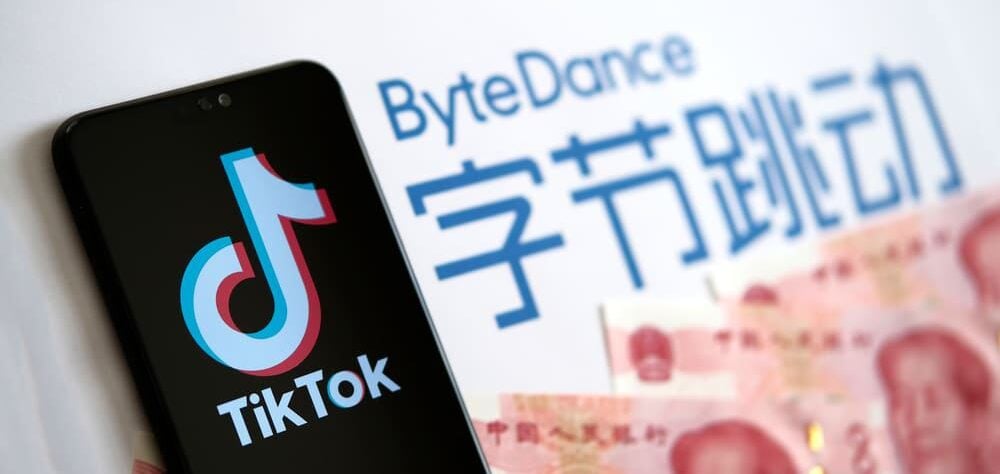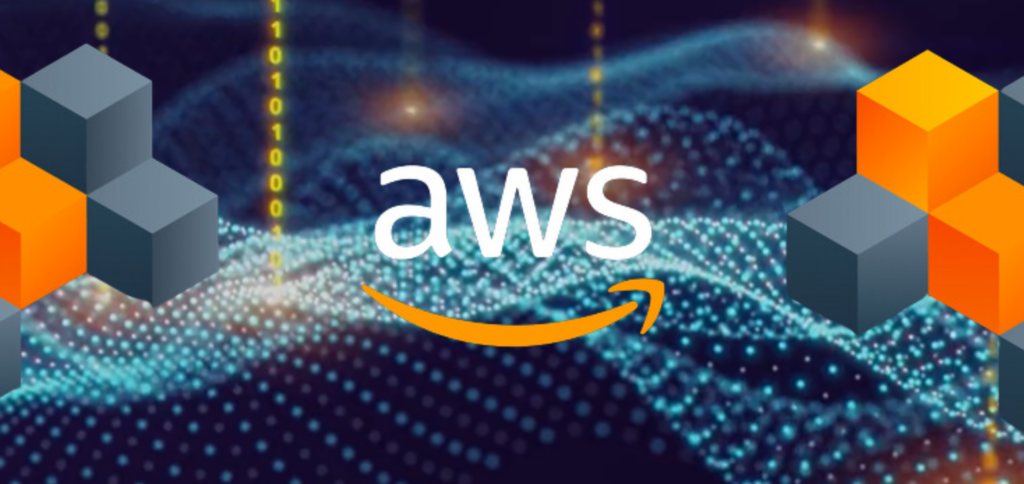Last week, 5G started working in Brazil for the first time. The implementation of this mobile network, which is the 5th version of broadband and successor to 4G, brings an increase in browsing speed, greater stability and means that its users can spend more time connected.
ADVERTISING

The technology, however, can only be used by devices that are approved to work under this network. The complete list of models must be consulted on the Anatel website. The new technology was activated today, 06th, at 5am by the large telecommunications companies that serve Brazil: Claro, Vivo and Tim.
Next Steps
The forecast is that all cities with more than 30 thousand inhabitants will have this network active by July 31, 2029 and that by the end of 2029, Brazilian cities as a whole will have been covered, according to Anatel's schedule. According to the agency, the next cities to undergo implementation will be São Paulo, Belo Horizonte, Porto Alegre and João Pessoa.
Limits and challenges
According to economist Fabio Giambiagi, connectivity is one of the factors that expands the inequality of internet access, especially in a country with continental dimensions and high levels of income inequality. However, according to the Internet Steering Committee in Brazil, 81% of Brazilians access the internet, but only 61% have fiber optics, an ideal technology for 5G connection. The portion of “fully connected” Brazilians, however, is only 29%, as the research pointed out “The digital divide in Brazil” published in March this year by PwC and Instituto Locomotiva.
ADVERTISING
A pandemic made it clear that the internet is today an essential infrastructure service. And, in addition to access to the network itself, the challenge of digital inclusion it also includes factors such as access to information, insertion in the job market and education. This is because when technological advances tend to create mismatch when it is not accompanied by initiatives that develop the population and encourage them to make positive changes.
According to the same study, during the pandemic, only 59% of Brazilian public schools had access to distance learning, while 88% of private institutions held online classes. Furthermore, 8 out of 10 internet users in Brazil do not have a higher education degree.
Training and jobs
In addition to attention to improving and modernizing the educational system, there is concern about employability in the face of global changes in the job market. In terms of digital literacy, the country ranks 80th in The Economist magazine's ranking. Around the world, the participation of new professions (such as data scientists and artificial intelligence) will almost double by 2025, according to the Global Economic Forum.
ADVERTISING
Curto Curatorship
- Brasília is the first capital connected to 5G: discover the limits and benefits of the new technology
- 5G in Brazil: guide explains what will change with the new technology (G1)
- 5 myths about 5G (Super interesting)
- 5G will require more antennas and changes to city rules (Yahoo!)
- Vivo, Claro and TIM's race for 5G dominance in Brazil begins (UOL)



